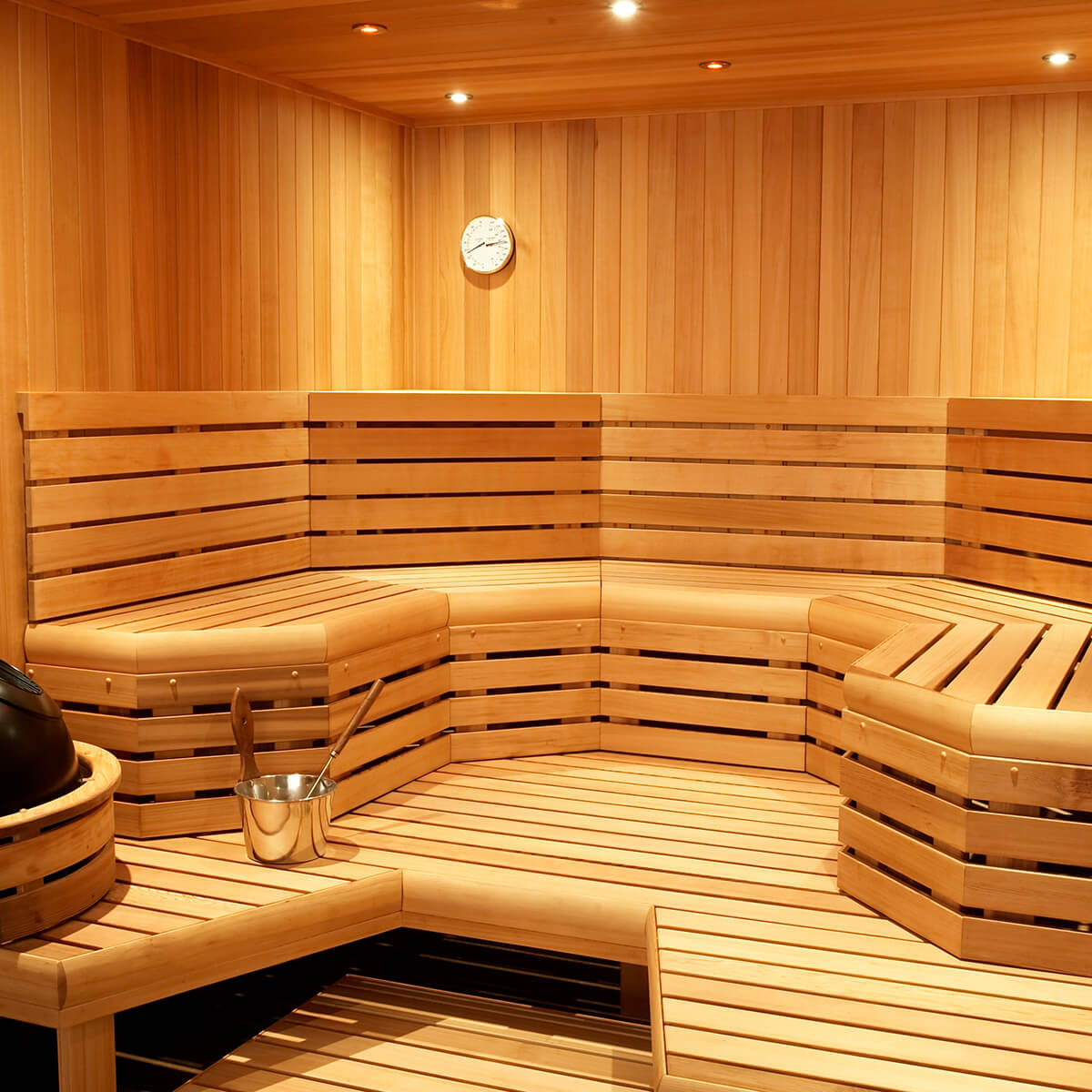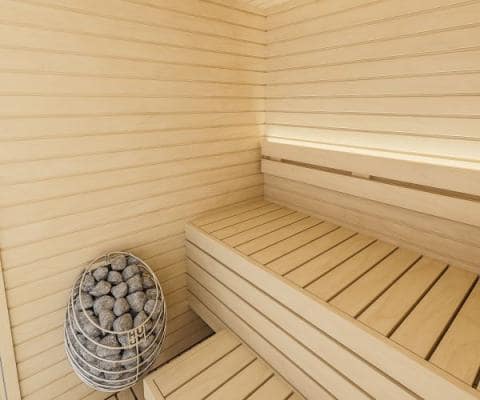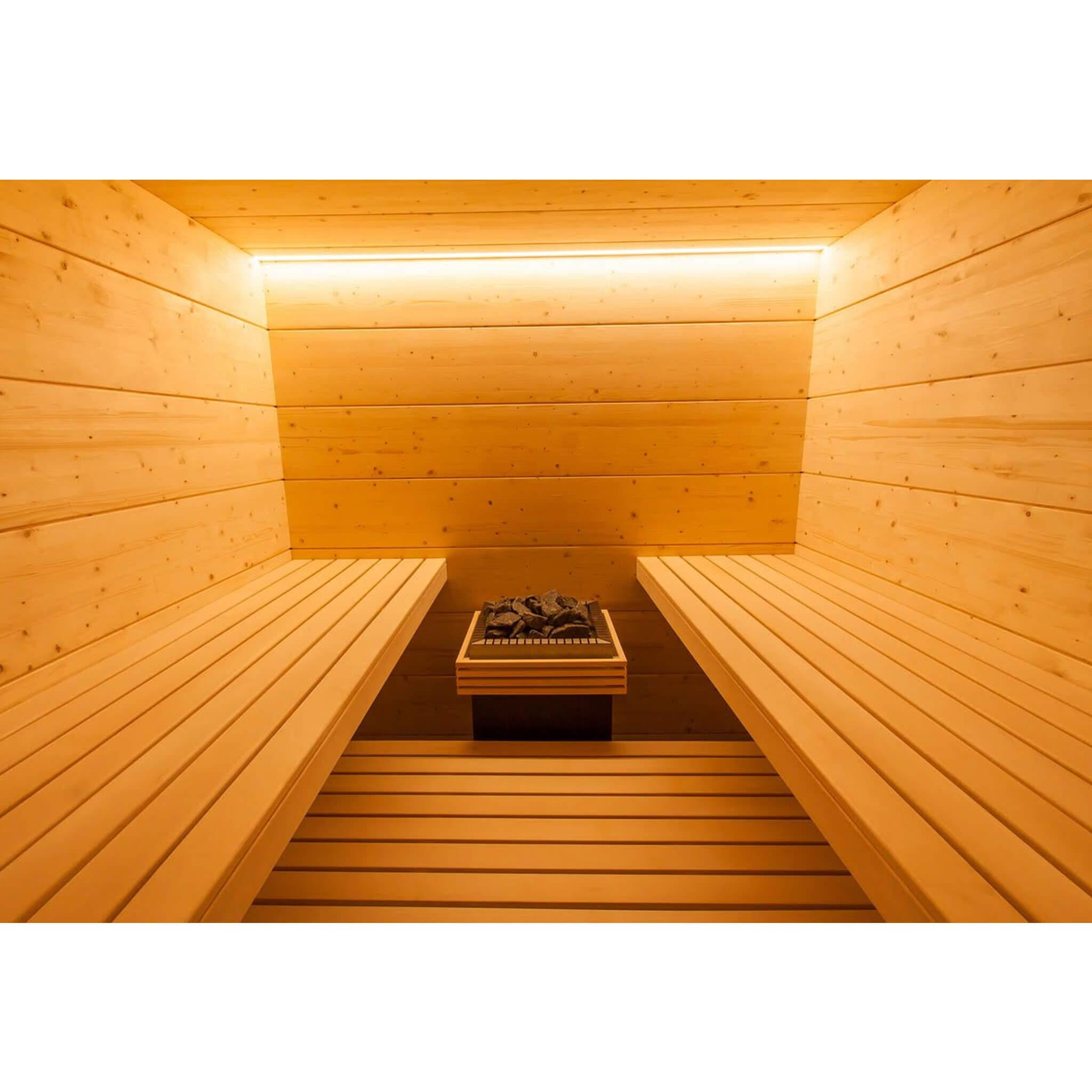3 Simple Techniques For Traditional Sauna
3 Simple Techniques For Traditional Sauna
Blog Article
10 Easy Facts About Traditional Sauna Explained
Table of ContentsSome Ideas on Traditional Sauna You Need To KnowSome Of Traditional SaunaTraditional Sauna Fundamentals ExplainedThe 3-Minute Rule for Traditional SaunaOur Traditional Sauna PDFs
The majority of the weight shed in a sauna is water loss and is re-gained upon rehydrating. Nonetheless, undoubtedly sauna can be an integral part of a healthy weight reduction program. To consider the distinctions between traditional and IR saunas, I will divide these into verifiable, theoretical, and made distinctions.Hence, the hottest point in the saunawhich goes to the ceiling straight above the sauna heateris normally between 185 and 190 F. Claims that a conventional sauna goes beyond 200 F is simply not true and not appropriate for electric saunas marketed in the US. The temperature level for a far-infrared sauna is typically set in between 120 and 140 F; nevertheless, unlike the standard sauna, the objective in and IR room is not to accomplish a heat.
Due to this, the temperature difference is nearly pointless, since profuse sweating results in both sauna kinds, but the method of heating up the body is different. In an IR sauna the bather will feel warm and will sweat a lot, yet at a lot reduced temperature levels (Traditional Sauna). Thus, if the objective is to invest longer amount of times in the sauna, the IR sauna is an excellent choice
When a conventional sauna has actually been appropriately warmed, the sauna walls are warm, the air temperature has actually attained established temperature and the rocks are super warmed. As an intriguing side note, the heated walls and the rocks are releasing far-infrared warm, integrated with the warmed air, to develop an "covering heat".
How Traditional Sauna can Save You Time, Stress, and Money.

When the high temperature level is accomplished, the elements cycle on and off to maintain the high temperature level. The majority of standard sauna users appreciate pouring water over the rocks to produce steam to elevate sauna humidity degrees. The advantages of putting water over the rocks consist of: making the area extra comfortable, moistening the nasal passages, and permitting the use of aromatherapy by mixing crucial oils with the water.

When the power gets in the body, it causes the body temperature to enhance and ultimately leads to sweating. In an infrared sauna it is essential for the emitters/heaters to continue to be on almost constantly. Because there is no mass of rocks to maintain heat, the sauna will certainly cool down if the emitters closed off.
As pointed out over, the sauna bather in an infrared room desires to place himself in front of operating emitters to obtain maximum advantage from the warmth. The heating time for both rooms can be very different, depending upon exactly how the areas are made use of. For a conventional sauna, a bather needs to enable 30-40 minutes for the area to accomplish a wanted temperature and to appropriately pre-heat the rocks.
All about Traditional Sauna
A well created sauna will generally accomplish a temperature of 150-160 F in concerning 30-40 mins. For hotter temperature levels, the space may require to heat for a longer duration.

Traditional saunas have a tendency to be bigger (therefore utilize more electrical energy) than infrared saunas, although conventional saunas are absolutely readily available in one and 2 individual dimensions. For a two-person additional resources traditional sauna, 5x6 or 5x7 size is most prominent. The top bench can pleasantly seat 2 or 3 people and is likewise enough time to relax throughout the sauna session.
The 20-Second Trick For Traditional Sauna
The typical cost per kWH of power in the U.S. is around $0.11, so a 4.5 kW heater will cost about $.50 to run for one hour, if the heating system runs constantly for one hour. Normally a sauna heating unit will compete 75% of the initial hour and 50% of succeeding hours on given that the aspects cycle once the set temperature is attained.

There is a rarely discussed difference in the social experience between the 2 spaces. While our society discover this info here has shed several of the social benefit of the conventional sauna experience, it can be very socially satisfying (Traditional Sauna). From household time in the sauna, to heart-felt discussions with better halves, to sauna partiesthe traditional sauna experience can cause intimate socializing
Traditional Sauna Fundamentals Explained
Many higher end infrared rooms include colored light therapy, sound systems and full-glass fronts.
Report this page